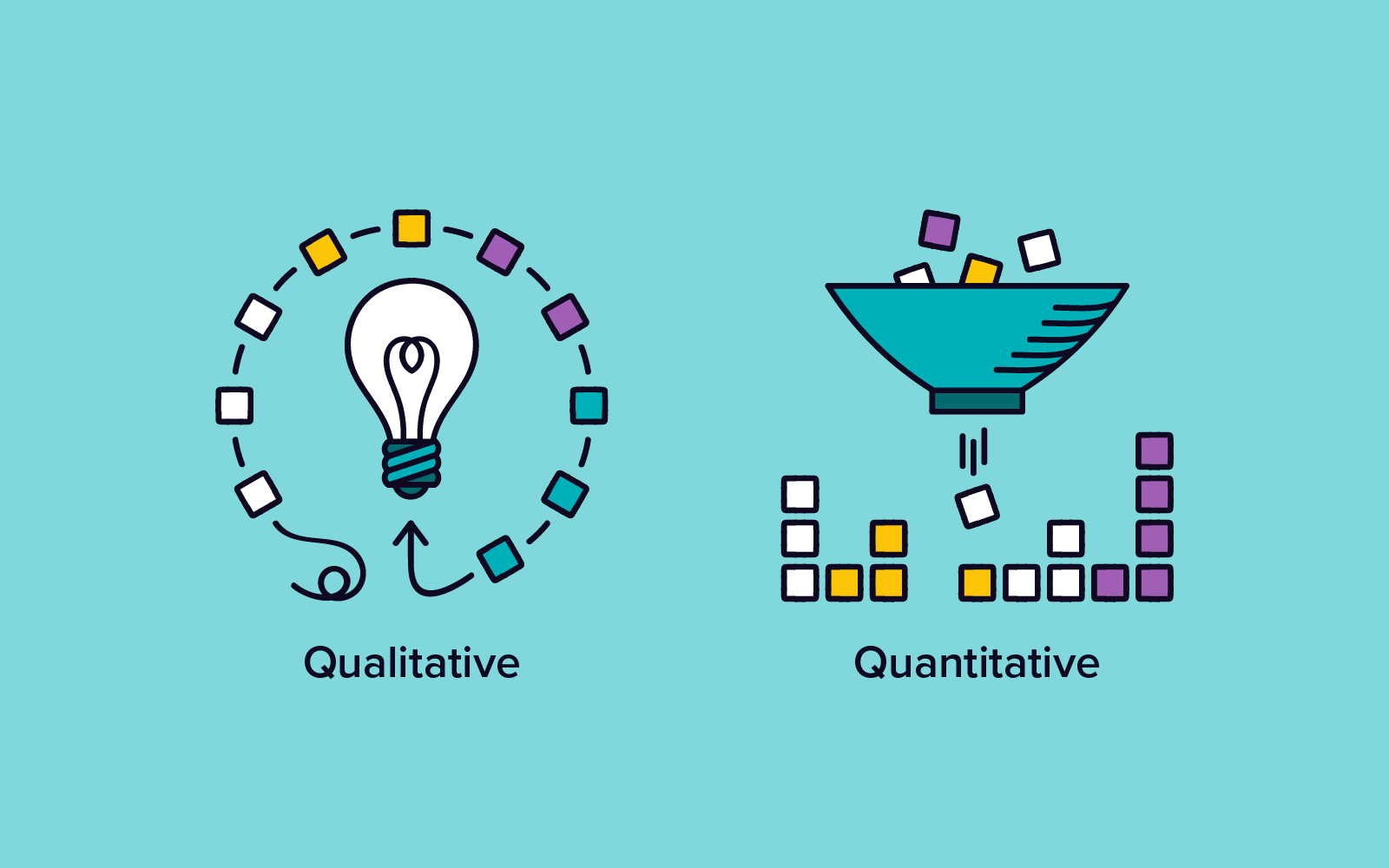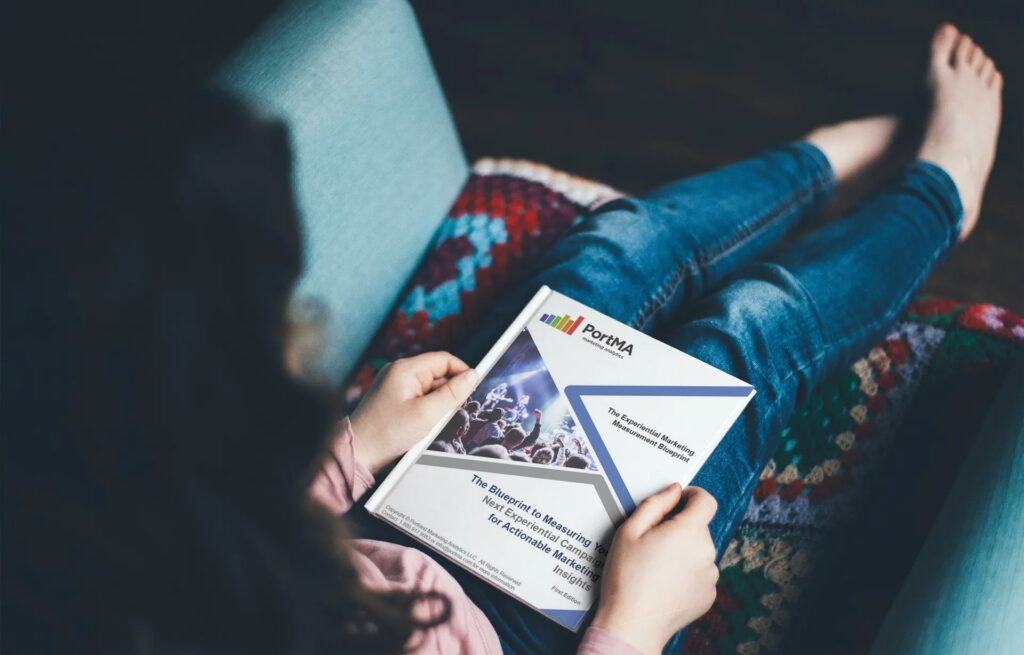
In recent years, I’ve noticed considerably more blended approaches to research than when I first started in this industry. Back then, it was very clear which clients preferred qualitative and which clients viewed quantitative research. Now, there appears to be an increasing interest in using both methods.
Each is strong enough to stand on its own. There continue to be studies that are appropriate for just qualitative or purely quantitative. But blending the two offers a comprehensive approach that can allow for greater color around key findings. Our body of work in the market research arena reflects this.
For example, PortMA has conducted several studies for a client where the quantitative has preceded the qualitative. We invited survey respondents to participate in an in-depth interview (IDI). An IDI seeks to get a deeper understanding of a consumer’s decision-making process.
Example #1 – Quant-to-Qual Study
The quant-qual sequence allows us to establish a general understanding of consumers’ mindsets and dig deeper with particular consumer segments. Also, this Qualitative and Quantitative Research process saves time and money by drawing our pool of interviewees from the survey respondents instead of implementing the screening and recruiting process from scratch.
Example #2 – Qual-to-Quant Study
For another client, PortMA initially conducted a set of focus groups to identify a very specific consumer segment’s perceptions of the client’s product.
Coming out of the groups, we used the consumers’ language to craft a questionnaire, then we fielded that survey online, targeting this consumer base on a national level. By conducting the qual-quant sequence, we were able to dive into the results of the exploratory process.
To conclude…
In both scenarios of Qualitative and Quantitative Research, the clients were able to hear directly from the consumer in a detailed and meaningful way, more so than via open-ended responses in an online survey.
And, because of the large-scale quantitative phase, the clients had a greater degree of confidence in the results than if they had done just a series of in-depth interviews or focus groups.
Photo Source

Additional Resources
FOR EXPERIENTIAL MARKETERS
- Experiential Measurement Blueprint
- Event Impression Calculator
- Experiential ROI Benchmarking Reports
- Event Measurement Video Tutorials
